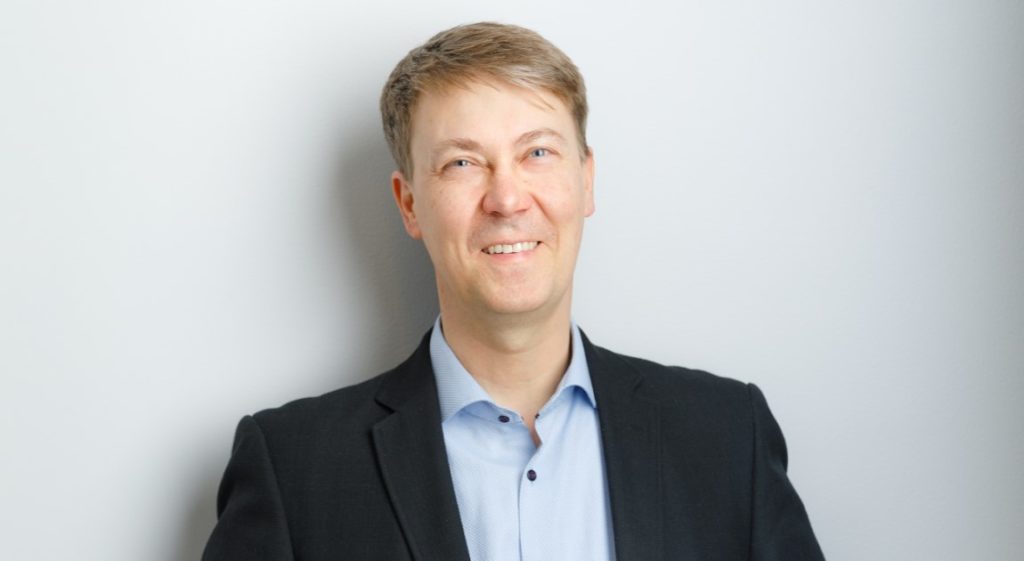A lot is happening in the digitalization of healthcare. In Finland, news headlines are dominated by the digitalization efforts of large private service providers and massive IT projects, whose price tag has already gone above 600 million. One of the main reasons for the merger of two big healthcare companies Mehiläinen and Pihlajalinna was the need to have broader shoulders to develop digital solutions.
There are also many fine examples of the benefits of digital services. The Central Uusimaa Hospital District has reported that it has dismantled doctor queues through remote reception. There, 70% of reception visits are now handled remotely.
Does all this now mean that digitalization is an opportunity for big players only, and that small players are unable to modernize and improve their services through digitalization?
Easy solutions for digital services are available also to small players
Smaller players in the health and social care sector easily feel that they do not have access to the same digital services as larger players. News headlines about big players easily make the illusion that developing good digital services would require a huge amount of resources – both in the form of people and money.
Although large players are developing new solutions with broad shoulders, Finland has excellent expertise to develop digital solutions for health services in a demand-driven, fast and efficient manner. This will bring sophisticated digital solutions, with small deployment and maintenance costs, available also for small service providers.
This enables customers to provide comprehensive one-stop digital services on demand. Such parts of the service chain include, for example, symptom and need-based appointments, urgent and non-urgent communication, remote reception, and health, well-being and workplace surveys.
When a smaller healthcare provider harnesses this expertise, deployment can take place within a few weeks and with a reasonable price tag. For example, private social and therapeutic services have the same opportunity. The public sector also desperately needs flexible, easy-to-use and easy-to-integrate channels to meet its needs.
Thus, smaller players in the health sector have a great opportunity to have the same digital solutions as the big players. At Movendos, we have experience with dozens of healthcare providers, and the pace is accelerating.
People and everyday needs should be in the core of smart digitalization
There are, of course, differences between large and small players. With a large investment and own software development, it is easier to get a solution that is completely tailored to the health service provider’s own service processes and needs. The downside to this is that customizing a solution that is often tailored to a specific service process and need is very tedious as needs change.
Small players use a broader set of solutions that are easier and faster to adapt as needs change and operations evolve. This is very important in a rapidly changing world. Very close cooperation with customers and partners is crucial.
However, the biggest difference seems to be in how high digitalization is on the management’s agenda, and whether the organization has a digital strategy for customer-driven service development. Digital solutions are always only an aid to service and process innovation, not valuable as such.
In order to reap the full benefits of digitalization, the whole must be viewed from the perspective of both healthcare professionals and their customers in particular. Development work must serve and make daily life easier for people.
As we develop Movendos Health Platform, together with a large pool of health care providers, huge amount of small players are working together to develop wide enough shoulders to compete against the big ones. In this way, we are also able to respond very comprehensively to the everyday needs of a variety of professionals and clients.
The blog is written by Arto Leppisaari, CEO of Movendos.










